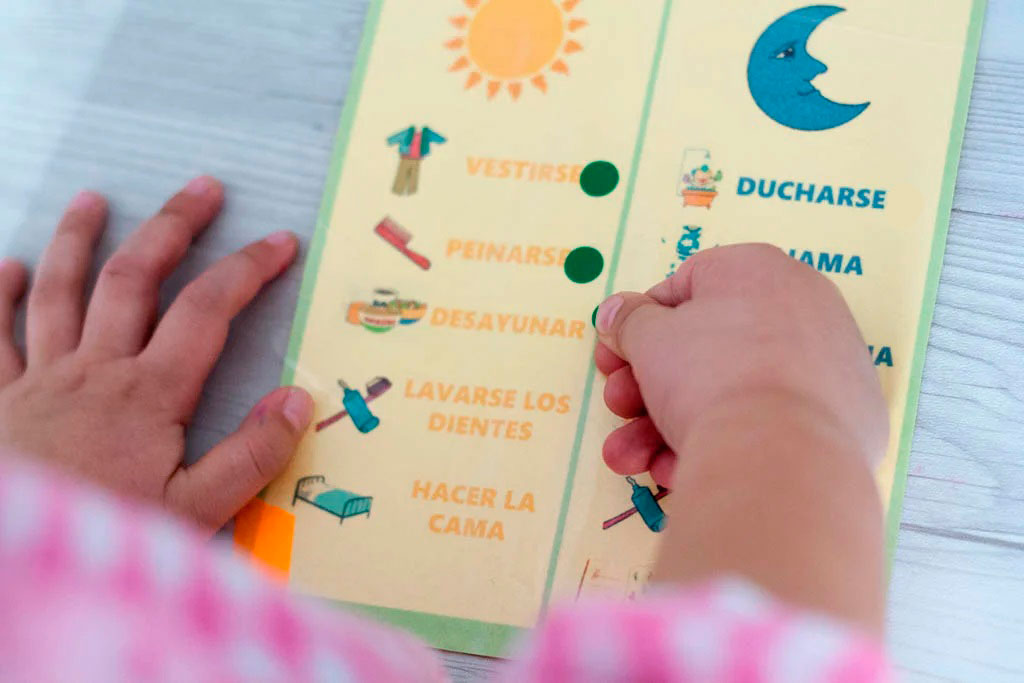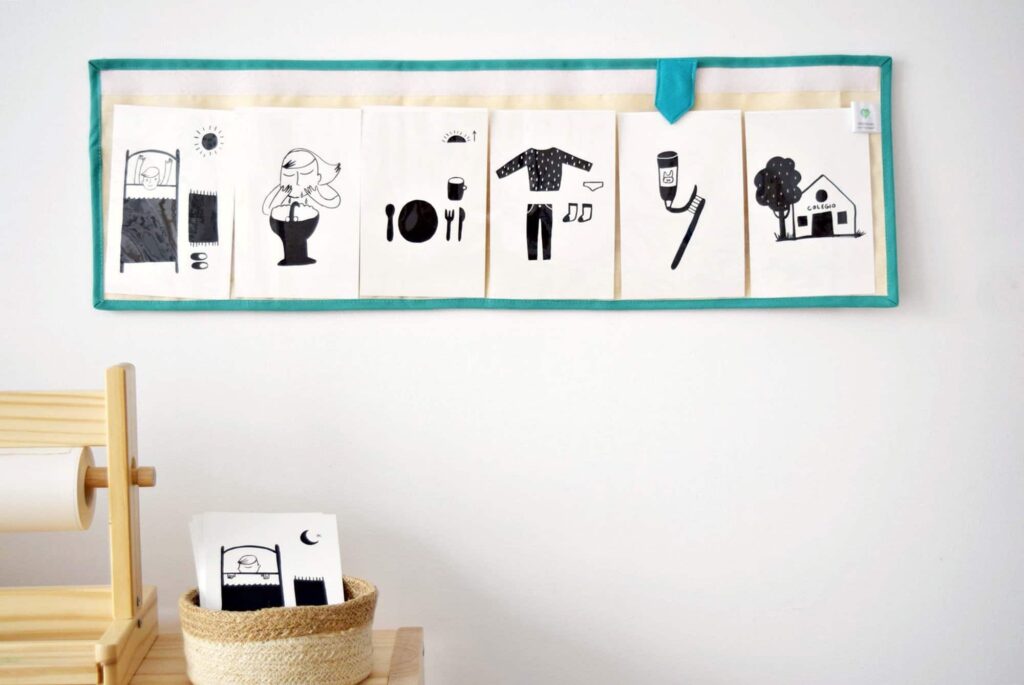To encourage a lazy student can be a challenging task for any teacher or family member. There are lots of methods and theories about motivation but its effectiveness can vary according to each student.
A good starting point is to identify the reasons why the student is lazy. Is it because there aren’t enough challenges? Perhaps they have no ambitions? Is there any problem that makes it hard to focus?
Today we want to share a method widespread in Japan, it’s called “Kaizen method” to encourage students and erase their laziness.

What does the Kaizen method consist in?
The “Kaizen method” was created by the japanese Masaaki Imai and it consists in achieving a change in behavior, effortlessly and in a staggered way.
The main goal of this method is adapting to something that we struggle with, for example a task or academic activity. It works on education and in any other life aspect (work, personal…). This method is also known as the “minute rule”.
And why is it called “Kaizen” if it was invented by a Japanese named Masaaki Imai? The meaning of this name comes from the initialisms “Kai” that means change and “Zen” that means wisdom. In a certain way, it comes to express “the wisdom to change”.
How to implement the Kaizen method in class
The Kaizen method is really easy to apply, and it can be used with children at any age.
It’s about spending a minute on a task we’re too lazy to do, with the single condition that it’s always executed at the same moment of the day.
For example, if a student is too lazy to study a subject like History, it is important to spend just a minute a day to consolidate any issue or activity of this subject. This is an easy to do task, and though you’re lazy, you can do it trouble-free. Studying the same subject every day at the same hour for a minute establishes a routine, this has a huge impact on mid-term and long-term motivation and behavior.
Once the student has acquired the minute routine and executes it automatically without questioning, it would be the right time to progressively increase the duration. You can start by switching from one to two minutes. After that, up to five. Then to ten. And on and on, until the routine is completely interiorized and the students are no longer lazy about spending time with this subject.

The Kaizen method is based on the creation of routines and habits, as the main element to address students’ laziness. In addition, when the student establishes a habit, the same process will be approached more easily with new habits. Each time laziness will be less and tenacity on tasks will be greater.
In order to initiate students to this method, especially the younger ones, gamification techniques can be used as a game or challenge: do you dare to spend a minute a day studying english? To meet the desired results, students must feel praised if they fulfill their Kanzen routine. This will help them to stay focused and encouraged to move on with the application of the method.
For children with special educational needs it is important to set routines to help them in their security and autonomy.
What are the benefits of the Kanzen method in education?
The main benefit of the Kanzen method is to teach students to be able to create their own routines. These routines offer students great benefits to their emotional and psychological well being.
They key benefits of creating diary routines are:
- Build strong security and confidence
- Increase autonomy and self-esteem
- Become more constant and perseverant
- Improve sleep quality
- Obtain organization skills and mental order
- Reduce anxiety
Moreover, this is a method that can be applied in everyday issues, so it’s not only about improving students’ learning skills but also the possibility to use it in any goal they have in life.
How to succeed with the Kanzen method?
You have to consider three significant aspects to succeed in any method of developing habits and routines:
- Keep the same order in actions. For instance, if the minute you choose for the Kaizen routine is after lunch, keep it that way. Or if you play games after studying, you must keep the same order, not the other way around.
- Maintain constancy. You have to keep the routine daily, it’s the only way you can create a habit and do it successfully.
- Anticipate the next step. When the minute habit is getting consolidated, it ‘s important to explain the next step to the students before undertaking it. This is how transitions will take less effort, because students will understand the steps and they will feel more comfortable. They will boost their autonomy, and if they comprehend what comes next, they could do it on their own.
If you take these three aspects into account, success in this method is guaranteed.

Important aspects to prevent failure with the Kaizen method
On the other hand, to prevent failure in any method of developing habits and routines, you have to keep this in mind:
- You have to allow students to dedicate the proper time to get used to the routines. Patience is vital. Each student has its rhythm and some can take days to control the habit, whilst others can take weeks, or even months.
- No punishments or threats. Though this can work in the short term, they do not benefit routines’ development and the student won’t trust the method.
- No contradiction. If the teacher hesitates, students won’t trust the method and this can lead to failure. For example, if you instill the Kanzen minute at the same hour every day, and then in class you spend ten minutes with homework, we may always do homework at the end of the class. Students will appreciate teachers’ logic and this will add up some credibility.

Other habits and routines to use in class
If the Kaizen method works for you, you can take advantage of their new ability to create routines to introduce new routines in class.
Here are some ideas:
- Correct homework: you can devote some minutes to correct homework in class. If you do this in all the classes, your students will create a habit, they will work easily and solve doubts.
- Board exercises: another routine is to choose a student to explain before the rest how a task has been done or perform an oral presentation. This routine will help the student with confidence and to normalize talking in front of other people.
- Order the class: you can spend the last minutes of the class to order. This is a helpful routine where they learn the importance of order. Quite recommended in sports or laboratory activities that usually require additional materials.
Resources to work with routines in class
Here are some resources to help students with routines:
- Routines schedule: you can print a blank calendar and propose your students to create their own routines, this will make it easier for them to organize and follow up.
- Registration tables: you can use a registration sheet so that your students register every time they do the routine. This will help them be more constant and find out easily if they skip the routine.
- Readings on routines: you can offer additional reading material related to routines to students. We love these ones: Charles Duhigg – The Power of Habit, Tynan – Superhuman by Habit, Gretchen Rubin – Better than before, Robert Maurer – One Small Step Can Change Your Life – The Kaizen Way.
A useful option is Additio’s digital gradebook for teachers to note each student’s progress in relation to the routines in order to keep it all registered. You can see individual and group progress.
What do you think about Kaizen and routines?
Now that we’ve learnt the keys of the Kaizen method and how to apply routines in class: do you think this would work with your students? Have you tried a similar method? What do you think about routines?
We invite you to think about it and leave us a comment in our social media 🙂
And do not forget to follow us on Facebook, Twitter, Instagram o YouTube





